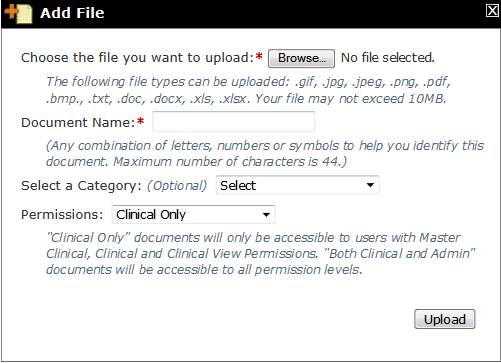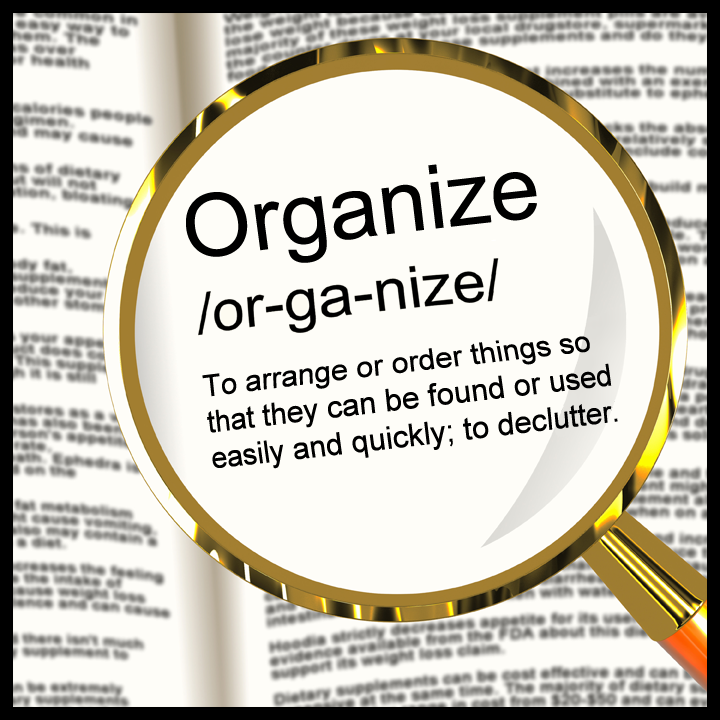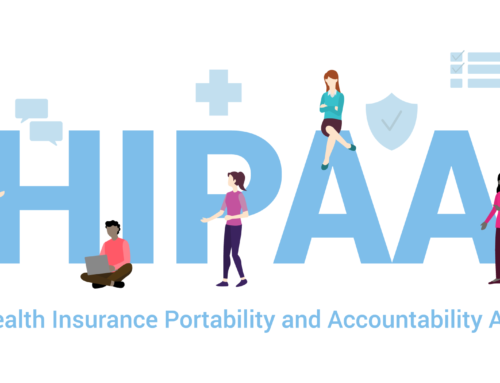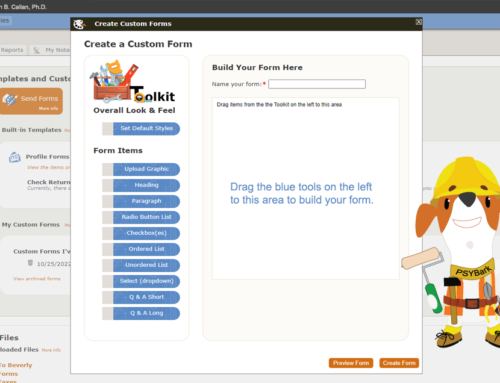Each of your charts in PSYBooks has a Files tab where you can upload files specifically to that client’s chart. For example, initially you might want to upload scanned copies of their intake forms, insurance cards and/or driver’s license. Later on, you may want to upload copies of releases and consents, EOBs, reports or testing results. If you want, you can also keep copies of routine things you generate such as statements, insurance claims or receipts. Should your client request a PHI report, you can also upload that to their chart so you’ll have a record of what you gave them. There are several advantage to storing these kinds of documents in PSYBooks:
-
- Everything pertaining your client files can be stored in one place with one login. You don’t have to maintain separate storage either on your own computer (unless you want to) or with another company for documents pertaining to you clients.
- PSYBooks has a built-in organizational system in that each client already has a chart with it’s own Files tab. You can create as many different categories within that Files tab as you need to customize file storage to meet the needs of your practice.
- You have the peace of mind of knowing that your documents are being stored in a way that’s HIPAA/HITECH compliant and that meets HIPAA encryption standards.
- You can go completely paperless if you choose. Once your files have been converted to digital and stored securely on PSYBooks, there is no need to maintain copies of the corresponding paper documents unless you want to.
PSYBooks’ Add File Form looks like this:

The first line lets you browse your computer for the file you want. Once you find your file, PSYBooks will automatically populate the Document Name field with the name of your existing file. However, you can change the name to anything you want. The next line allows you to select a category for your file. This is an optional tool to help you keep your files organized. The last line allows you to set a permission level for the file, thereby specifying which types of users are allowed to view the file.


 VIDEO: File Storage
VIDEO: File Storage



